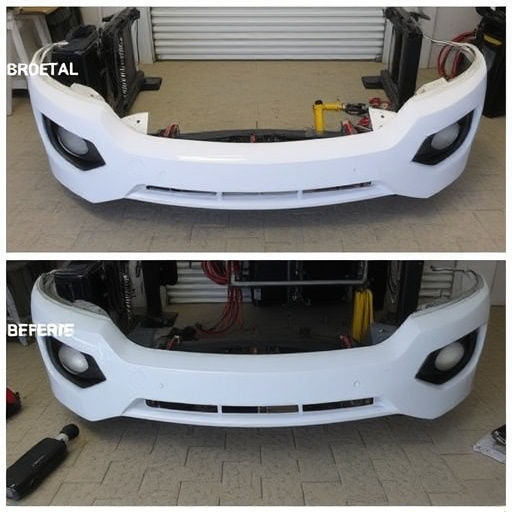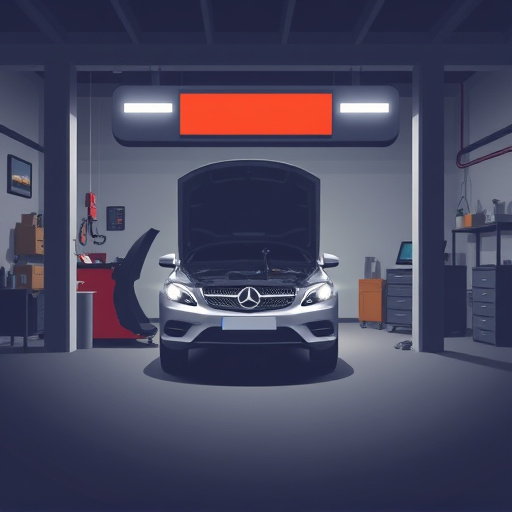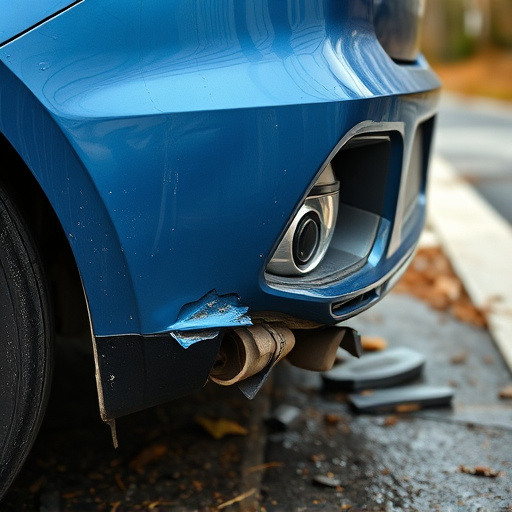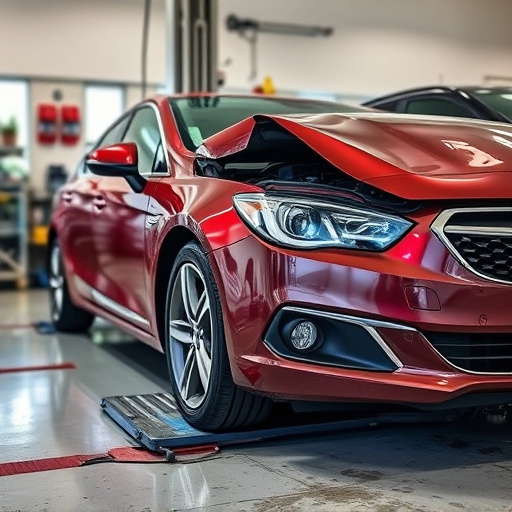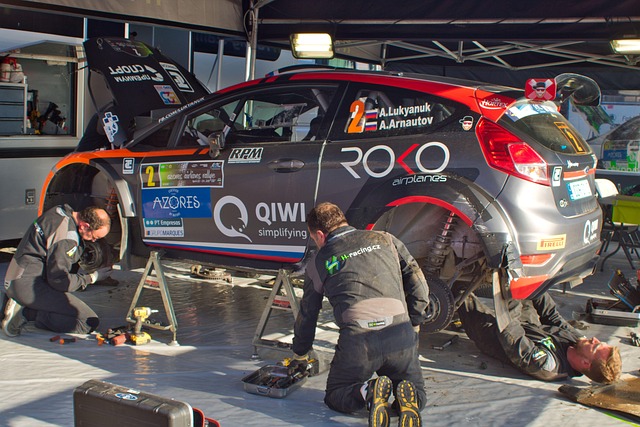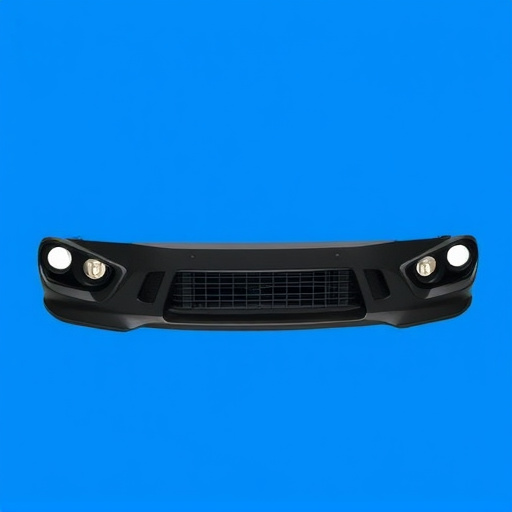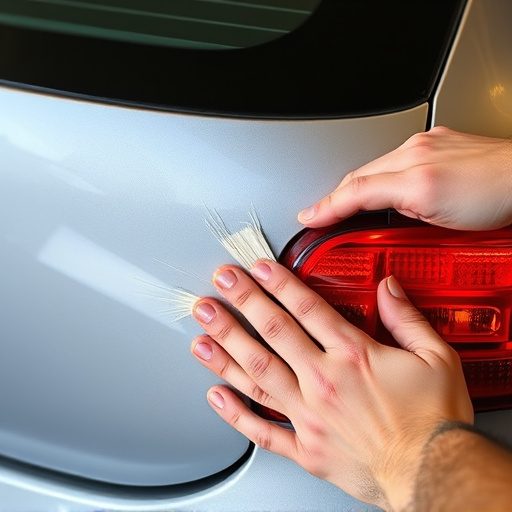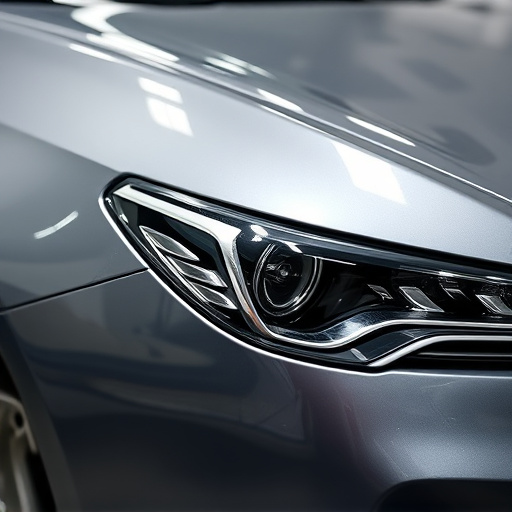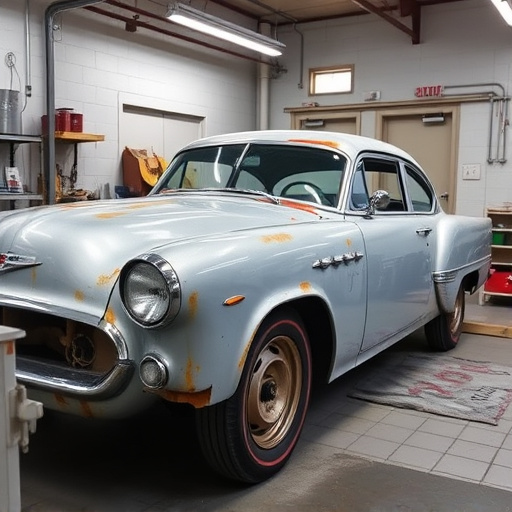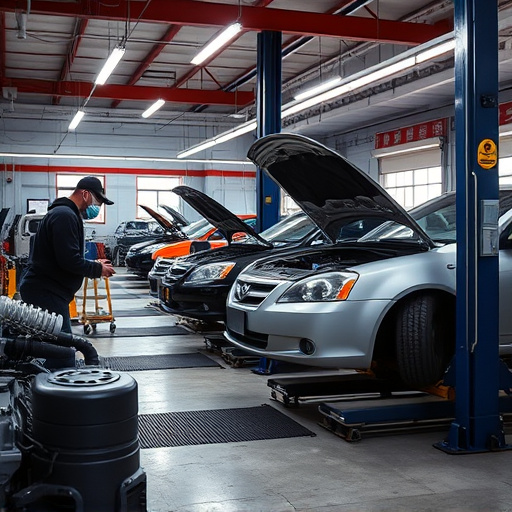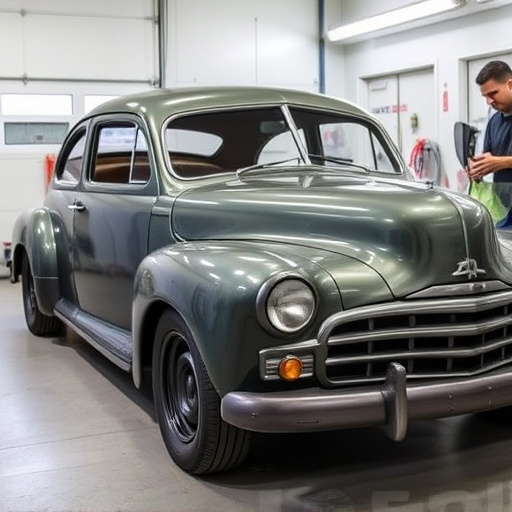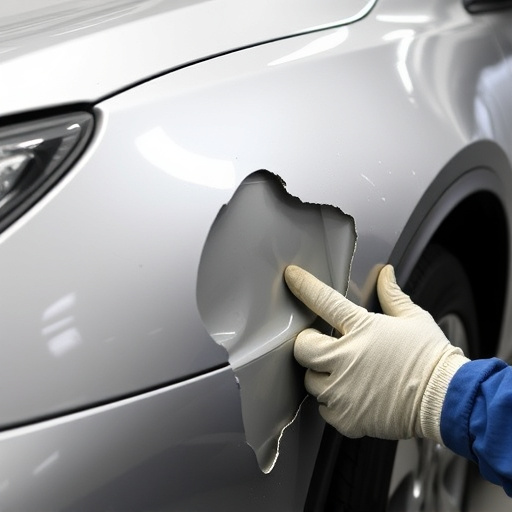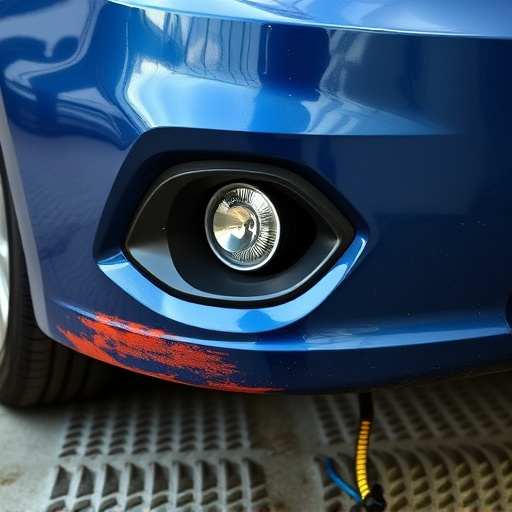Auto body technicians prepare meticulously before inspections by reviewing guidelines, understanding quality standards and safety protocols, and gathering specialized tools. They follow standardized operating procedures (SOPs) for consistent, accurate assessments of vehicle damage, including dents, scratches, and paint issues. Armed with a diverse array of advanced tools and equipment, these technicians proficiently address a range of auto body issues, from minor repairs to complex collision damage restoration.
Auto body technicians play a pivotal role in ensuring vehicle safety and quality repairs. Before diving into inspections, they prepare meticulously, adhering to standard operating procedures and equipped with specialized tools. The visual inspection phase involves a meticulous search for surface defects, structural damage, and paint inconsistencies. Functional testing is crucial, verifying the alignment, operation, and waterproofing of repaired components. By combining these key steps, auto body technicians ensure repairs meet the highest standards, restoring vehicles to their optimal condition.
- Pre-Inspection Preparation: Ensuring a Comprehensive Assessment
- – Standard operating procedures for inspections
- – Tools and equipment used by auto body technicians
Pre-Inspection Preparation: Ensuring a Comprehensive Assessment
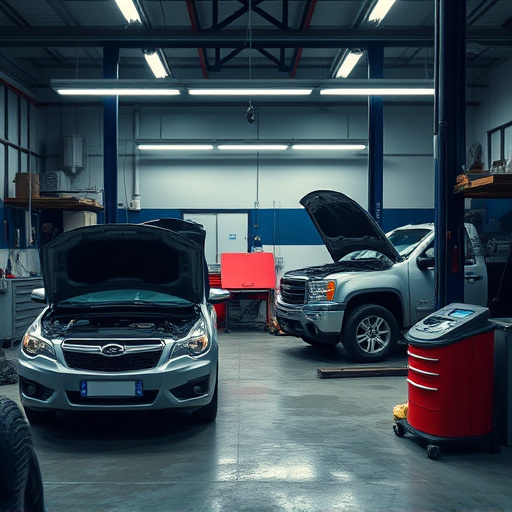
Before any inspection takes place, auto body technicians employ strategic preparation techniques to ensure a comprehensive and accurate assessment. This initial step is vital for several reasons. First, it allows them to mentally prepare by reviewing relevant standards, specifications, and industry best practices. Technicians need to be familiar with the expected quality levels and safety protocols for auto body work, ensuring they can identify even the subtlest deviations from these standards.
Furthermore, pre-inspection preparation involves gathering all necessary tools and equipment. This includes specialized equipment tailored for various tasks, such as measuring devices, precision tools, and protective gear. A well-organized and equipped technician is better prepared to handle different scenarios and potential challenges that may arise during the inspection process, whether it’s in a bustling auto repair shop or evaluating specific aspects of auto body painting.
– Standard operating procedures for inspections
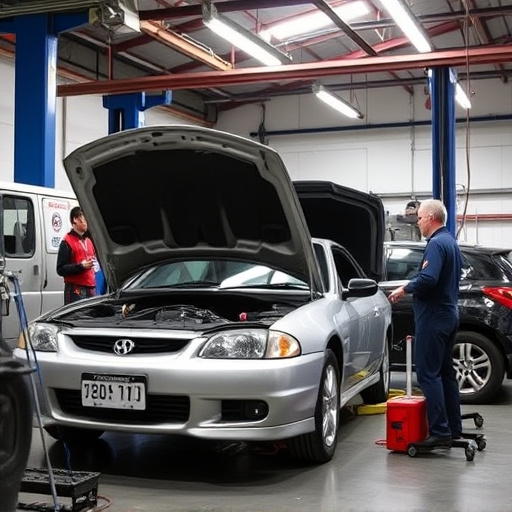
Auto body technicians adhere to standardized operating procedures (SOPs) during inspections to ensure consistency and accuracy. These protocols dictate a systematic approach, covering every critical aspect of a vehicle’s exterior. SOPs often include specific guidelines on how to assess dents, scratches, and paint imperfections, ensuring that no damage goes unnoticed. By following these established practices, auto body technicians can provide reliable assessments, which are essential for effective collision repair or auto body restoration processes.
The procedures may vary depending on the type of inspection—pre-repair estimates, post-collision assessments, or routine maintenance checks. However, the primary goal remains the same: to identify and document any existing damage accurately. This meticulous process forms the foundation for competent vehicle repair services, ensuring that every client receives a fair and precise evaluation.
– Tools and equipment used by auto body technicians
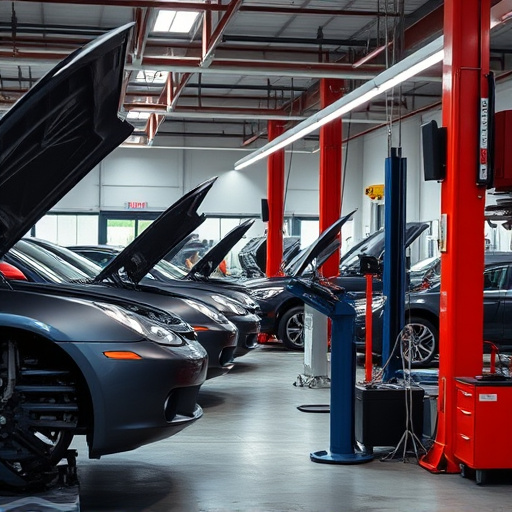
Auto body technicians are equipped with a comprehensive array of tools and equipment tailored to their specialized trade. Their toolkits often include precision instruments such as hammers, dollies, and a variety of wrenches, each designed for specific tasks like dent removal, metal shaping, and panel replacement. Advanced technologies like computer-aided design (CAD) software and 3D measurement systems are also integral parts of their arsenal, enabling them to accurately assess damage, plan repairs, and ensure precise car paint repair or vehicle body repair.
Beyond these essential tools, auto body technicians may utilize specialized equipment for intricate tasks like welding, sandblasting, and painting. High-quality sanders, polishers, and spray guns are crucial for achieving a flawless finish during the car restoration process. These professionals’ proficiency lies in seamlessly integrating these tools to address diverse issues, from minor scratches and dents to major collision damage, ensuring every vehicle is restored to its pre-accident condition.
Auto body technicians play a pivotal role in ensuring vehicle safety and quality through meticulous inspections. By adhering to standard operating procedures and employing specialized tools, they conduct comprehensive assessments, identifying even the subtlest imperfections. Their expertise in pre-inspection preparation is key to uncovering potential issues, ultimately contributing to superior repair work and customer satisfaction.
